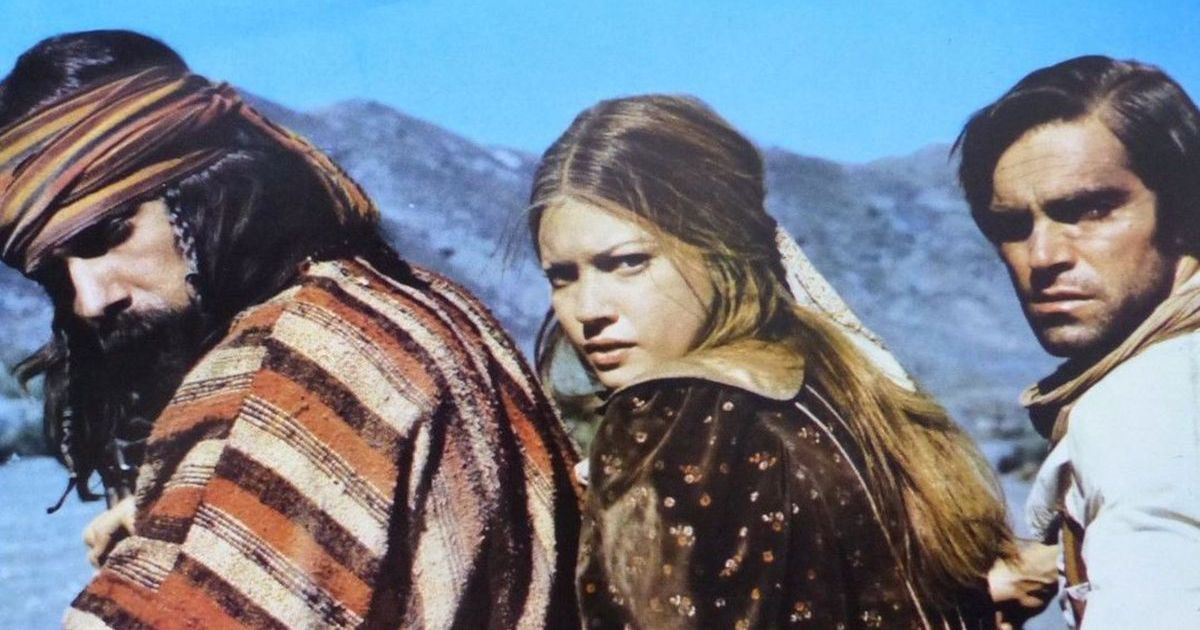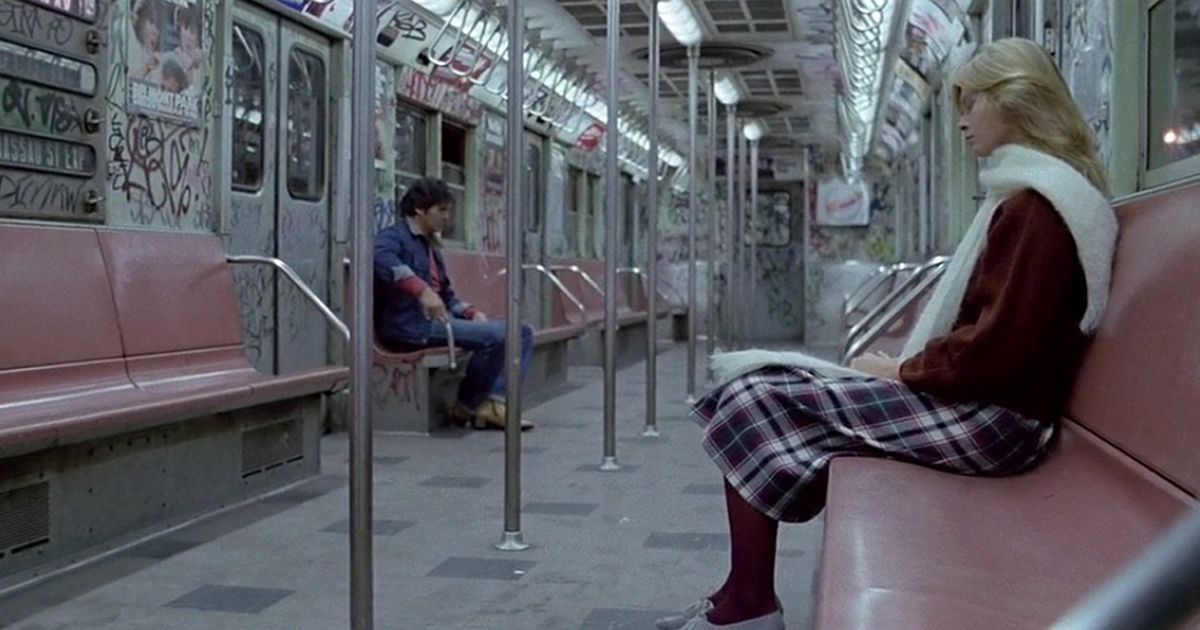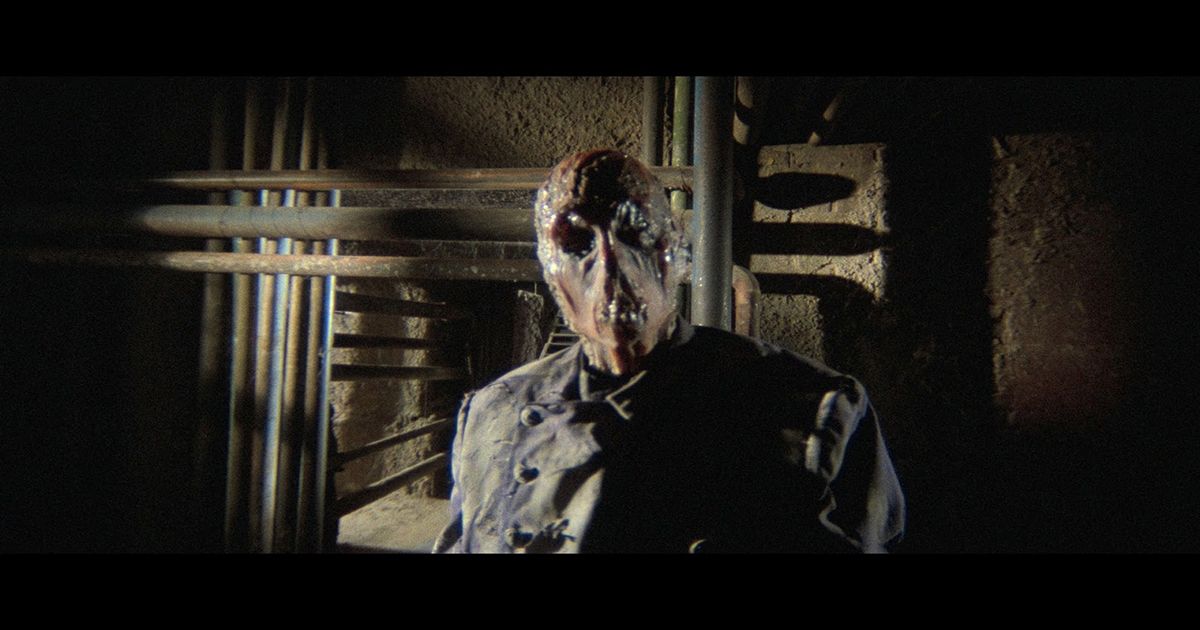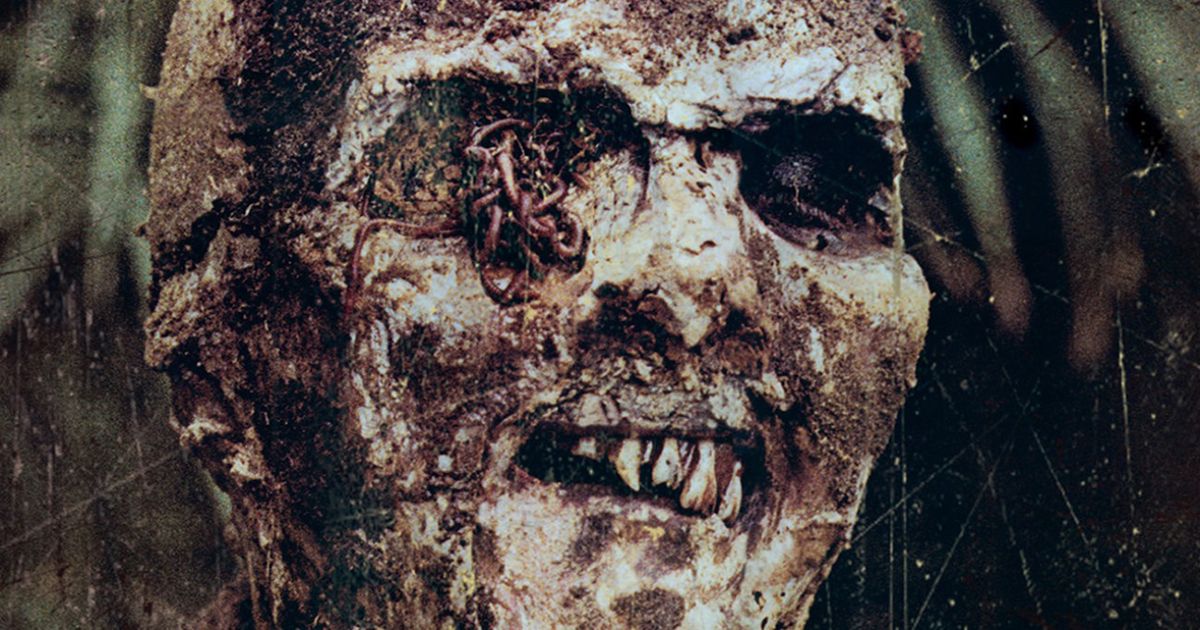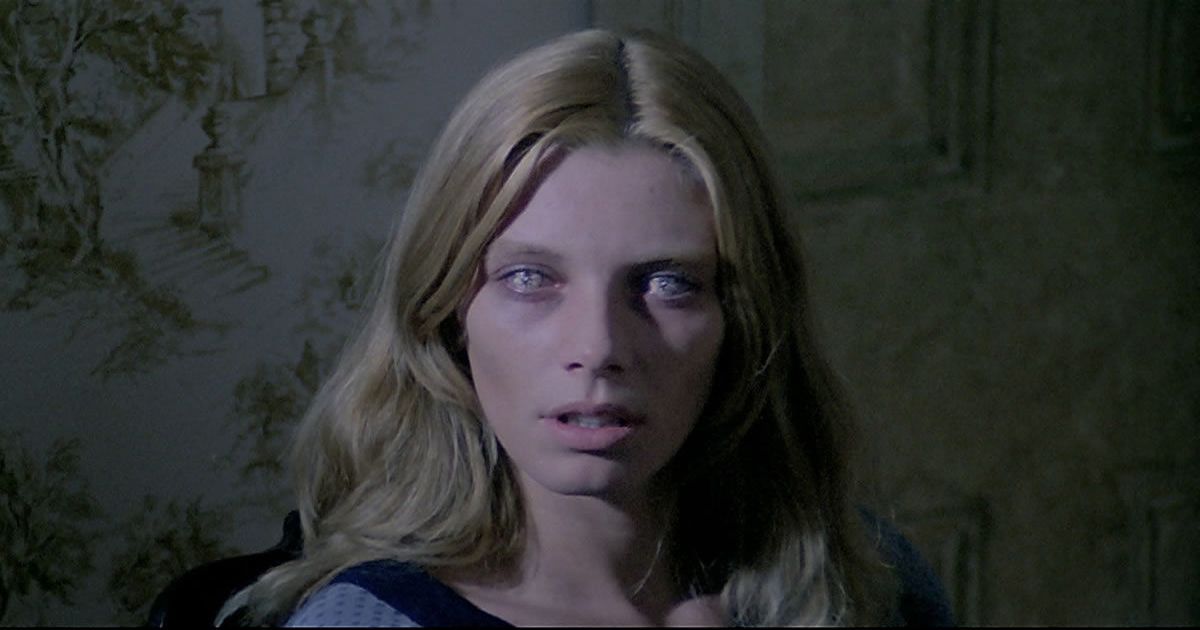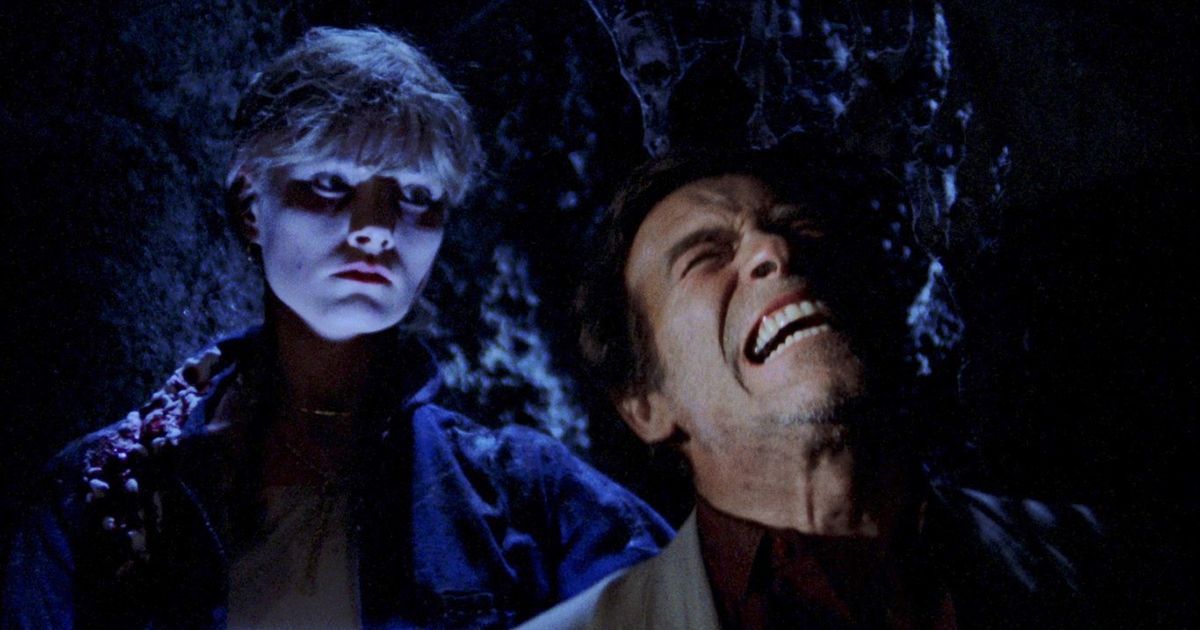The late '70s were a time of deep exploration. New Hollywood was into full effect, French New Wave inspired a new generation of experimental filmmaking, and a vast collection of American auteurs (Francis Ford Coppola, Brian DePalma, Martin Scorsese, Steven Spielberg, etc.) began their career. Out of the countless filmmakers from this era, Italian horror director Lucio Fulci belongs among the most innovative and daring of the bunch. While his career spans five decades, the bulk of his best work is found 3/4ths of the way through.
Between 1975-1983, Fulci created his most iconic and innovative works, producing a level of quality and unease rarely seen in the world of cinema. His films act more as explorations for themes and ideas, more than conventional narratives, giving us an insight into the world through twisted supernatural notions. Among his achievements include a profound and innovated use of practical effects, slow yet intense build-ups, and lingering and sustained representations of violence. Here are six of his best films.
6 Four of the Apocalypse (1975)
While different from the rest of Fulci’s horror repertoire, Four of the Apocalypse highlights how Fulci’s style of composition is directly correlated with his interest in westerns. By combining his horror and western sensibilities, Fulci creates a spaghetti western unlike any other, where heavy moments of symbolism are contrasted with stylized depictions of violence and gore. It shows the more human side of him, one undistracted by abstract concepts of religious connotation. While they’re still prevalent, and feature the same abstract themes about sin and arrogance, they occur in a more conventional narrative with less mysticism and terror. It seems that after this movie Fulci decided to focus more on the macabre, tapping in to a more primeval and unhinged perspective in the process.
Best Horror Movies of the 70s, Ranked
5 The New York Ripper (1982)
It’s apparent throughout his filmography that Fulci’s fascination with New York City goes beyond just a mere setting. There’s a dark and hidden aura surrounding the Big Apple, and Fulci was intent on exploring it through this murder-mystery tale, The New York Ripper. This is the closest Fulci comes to emulating the works of Dario Argento. However, he never completely deviated from his style of long and stretched-out scenes, full of tension and ambivalence, as his focus was more on progressing the murder-mystery and the sexual appetites that apparently trigger them.
Fulci focuses on the acts themselves as a clear connection. Maybe, almost subconsciously, he’s making a succinct comparison to the evil depravity in the film, to the actual chimeral energy present in New York, the seeded and connected underbelly home to these inhibitions and enablers of the highest order. By giving us hints on whom the killer might be in the early stages of the picture, Fulci allows for the exploration of the why more than the who, offering us a better and more grounded insight into his actions. While certainly over-the-top in its depictions of sexual depravity, they are necessary to convey the meaning he wished to show his viewers.
4 The House by the Cemetery (1981)
Almost as if crossing off names on a checklist, Fulci continued his horror exploration through a haunted house caper in The House by the Cemetery The final film in the “Gates of Hell” trilogy brought on a more secluded and spacious setting. Much like legendary filmmaker Dario Argento, Fulci was beginning to get a little repetitive with his intentions and effects. To counteract this trend, Fulci used his own style as a defensive measure to this critique, creating a hollow and wide atmosphere that makes it stand out among films in the sub-genre. By creating a cyclical pattern of cause and effect, the lines between time and space are blended. In return, we see a haunting reminder of how our mistakes and actions lead us to our doom.
3 Zombie (1979)
Perhaps Fulci’s most famous film, Zombie stands the test of time through a simple yet committed plot. A group of scientist experiments on Voodoo science, bringing about the natural intended consequences of these practices: zombie outbreak. Originally written as a sequel to Dawn of the Dead, it slowly began to take on a life of its own. Fulci created a claustrophobic and uneasy experience through wide-shots, open but contained spaces (boat, island, etc.), and an almost perfect use of practical effects. He combined all the elements of what he knew best, and in turn produced one of the most endearing and visceral zombie movies ever created. A galore of blood, gore, and atmospheric tension permeates its entirety. It never takes its foot off the gas, ratcheting up the situation as it progresses to a point of total fear, culminating in a crescendo of fire, guns, and disgust.
2 The Beyond (1981)
Described by many as an exploration of horror more than an actual conventional film with plot and narrative, Fulci presents us with a haunted depiction of supernatural evil. In the second “Gates of Hell” film, The Beyond, Fulci bombards us throughout with images of morbid, grotesque, and downright squeamish qualities on an almost frame-for-frame basis. There is a dark veneer surrounding the picture at every turn. According to screenwriter Fabrizio De Angelis, Fulci devised the plot through vague ideas he had about certain death scenes he wished to film. Another source, Larry Ray, a location scout, said Fulci had no real actual script for filming, as he was more interested in making us feel more than actually seeing. It was meant to be an exercise in introspection through the use of unease and slow-build macabre.
Every single moment of discomfort was perfectly crafted, making it more and more nauseating than the last. The film feels like the culmination of all the elements he explored in his previous work. It is the closest Fulci ever came to lecturing his audience in an unexplicit way (as he showed the importance of innocence almost explicitly in Don’t Torture a Duckling). It is shrouded in mystery and meaning, but much like complex literary work, it invites the viewer to interpret its ending and symbolism as they wish.
1 City of the Living Dead (1980)
A zombie flick, but with a twist, City of the Living Dead sits in the perfect buffer zone between Zombie and The Beyond. Heavily inspired by the works of H.P. Lovecraft, it is the first installment in his “Gates of Hell” trilogy, setting the perfect tone for what was to come later on. It serves as a vessel for the metaphysical ideas explored in his work, as this one is more focused on the religious and mythical aspects of the zombie mythos. Taking place between New York City and the town of Dunwich, the film feels more like a religious allegory for sin and famine, made even more so apparent through its use of locust imagery. The film’s theme, a re-modified version of Fulci’s Zombie, sets the perfect pace and tone for the surreal journey it embarks on. It is a dark, visceral, and very allegorical presentation, showing us Fulci at the very top of his game.

.jpg)
